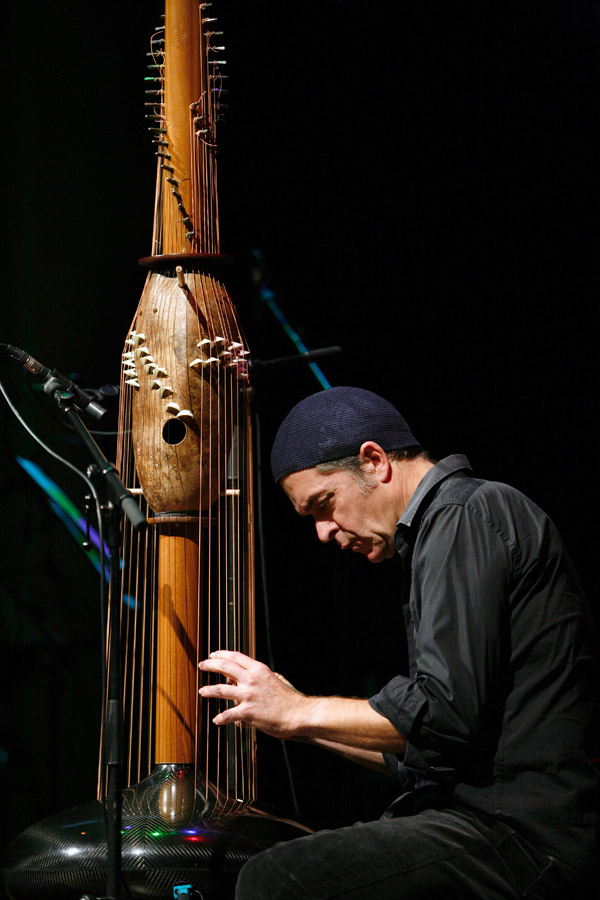VICTOR GAMA
“Many parts of Angola are still terra incognita almost, in terms of knowing what’s been done musically.”
INTERVIEWED BY NED SUBLETTE
Via Skype from Lisbon / October 25 and 28, 2012
Angolan composer / instrument designer / ethnomusicologist / producer Victor Gama has traveled in Angola’s hard-to-reach rural areas, recording music that otherwise would be undocumented, resulting in his album / website Tsikaya: Músicos do Interior. Together with his album Naloga, which I might inadequately describe as a sonic exploration of the legacy of Angola’s long war, it’s featured in HIP DEEP ANGOLA, PART FOUR: THE CUBAN INTERVENTION IN ANGOLA. He’s collaborated with Bárbaro Martínez Ruiz and C. Daniel Dawson in the making of the book / CD Odantalán, featured in HIP DEEP ANGOLA, PART THREE: A SPIRITUAL JOURNEY TO MBANZA-KONGO.









